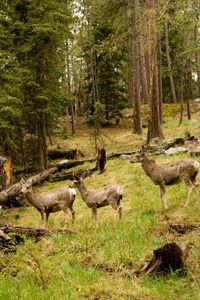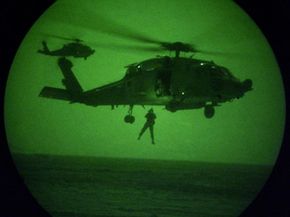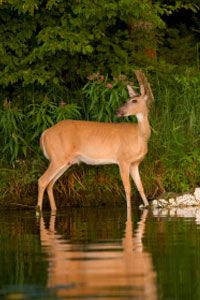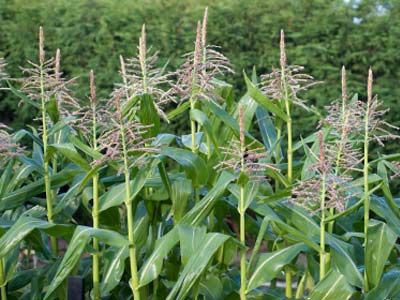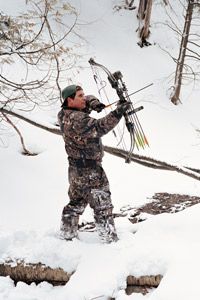Animal populations are undergoing constant changes. A century ago, the United States hosted about 500,000 deer; today, that number has jumped to at least 25 million [source: AP]. The increase is dramatic -- but why does it matter?
Deer are a significant part of many forest ecosystems, mostly because they eat huge amounts of foliage and can practically strip an area bare if their numbers grow too large. That's one of the big reasons why forest and wildlife management organizations keep track of deer populations: If there are too many deer, they need to sell more hunting licenses to thin the herd so food sources don't dwindle. If there are too few deer (which isn't currently a problem), hunting licenses may be cut back so the population can replenish itself.
Advertisement
But how exactly is that count done? Wild animals don't exactly line up to be counted.
Traditionally -- at least since the 1950s -- there have been four main approaches to counting deer: counting the number of roadkills, counting live deer in specified forest areas, counting the number of deer killed by hunters and counting live deer by air [source: Suchy]. Each of these is really more of a way of tracking changes in deer populations rather than a means of getting a full count. At best, they provide a loose estimate, with only about 30 percent to 40 percent accuracy [source: AITscan]. This is due to a number of factors. For example, the number of deer hit by cars can vary widely depending on conditions like changing speed limits and extreme weather. Rangers counting deer by foot in high-population areas can miss a lot of deer that are hidden by foliage, as deer spend most of their time in some sort of cover. And since hunters don't always report their kills, counting deer that way requires some serious statistical manipulation, which may not produce accurate results. Counting by air, in a small plane about 400 feet (121 meters) up, is probably the most accurate of these traditional methods [source: Suchy].
Deer counts by air have been going on since the early 1980s [source: Suchy]. Typically, four people go up in a small fixed-wing aircraft, a pilot, a navigator and two spotters. The plane flies back and forth at set distances until it covers an entire, predesignated area, and the spotters literally count the deer they see on the ground. These planes may fly over hundreds of locations in one state to get a good representation of the overall population. Counting by eye is pretty low-tech, but until recently, this air-based survey was about the best count available.
The most recent approach to counting deer can produce up to 100 percent accuracy under ideal conditions [source: PADCNR]. It's also air-based, but it doesn't rely on the human eye for spotting.
In this article, we'll check out the state-of-the-art in the deer-counting game. It actually uses a technology that has been useful in warfare for years. It's called forward-looking infrared.
Advertisement
